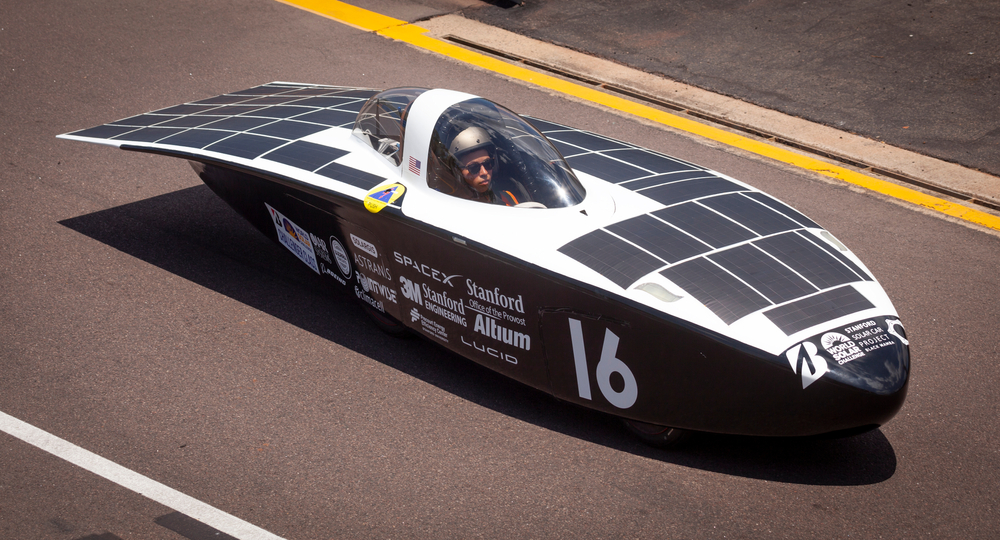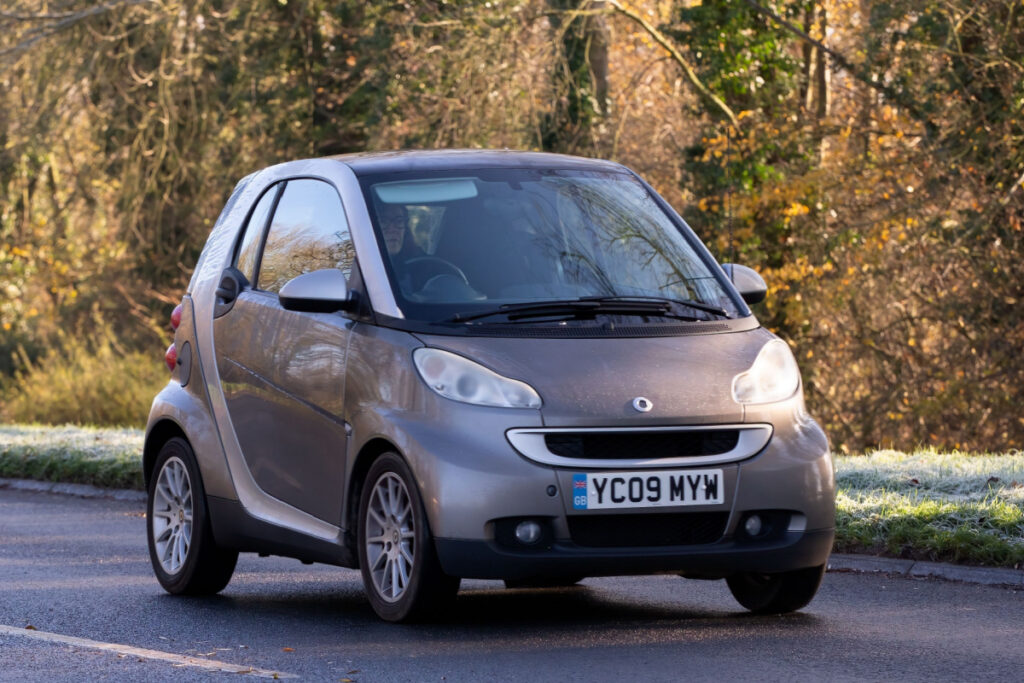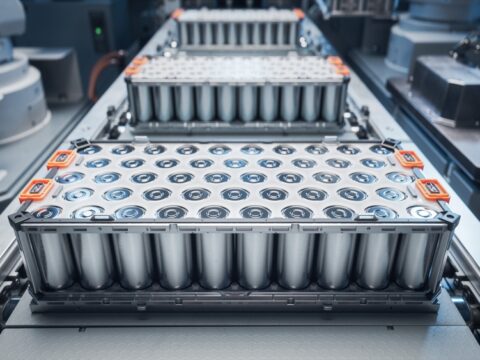As the world grapples with the need for greener transportation, the automotive industry has made numerous attempts to create eco-friendly cars. While some innovations have succeeded, many have fallen short of their goals. From alternative fuels to cutting-edge technologies, not every idea has been a success. Here are 20 examples of efforts that, despite good intentions, failed to make cars as environmentally friendly as hoped.
Contents
Ethanol (E85) Fuel

Ethanol, particularly E85, was promoted as a cleaner-burning fuel compared to traditional gasoline. While it emits fewer pollutants when burned, the production of ethanol requires large amounts of water and farmland, often competing with food crops. This competition led to higher food prices, and the lower energy content of ethanol compared to gasoline resulted in reduced fuel efficiency. As a result, the environmental benefits were limited, making ethanol less effective than originally hoped.
Hydrogen Fuel Cell Cars

Hydrogen fuel cell vehicles were once hailed as the future of zero-emission transportation. Although they emit only water vapor, the process of producing hydrogen—mainly from natural gas—remains energy-intensive and environmentally damaging. Additionally, the infrastructure for hydrogen refueling stations is scarce and costly to build. These obstacles, along with high vehicle production costs, have prevented hydrogen cars from achieving widespread adoption.
Compressed Natural Gas (CNG) Cars

Compressed natural gas vehicles were developed as a cleaner alternative to gasoline-powered cars due to their lower emissions. However, extracting natural gas often involves fracking, which can cause environmental harm and release methane, a potent greenhouse gas. Furthermore, CNG fueling infrastructure is limited, and the vehicles themselves tend to be more expensive. Although cleaner than gasoline, CNG cars still rely on fossil fuels, reducing their long-term viability.
Battery Swap Programs

Battery swap programs, such as those initiated by the company Better Place, aimed to eliminate long charging times by allowing drivers to swap out depleted batteries for fully charged ones. While this idea appeared promising, the cost of building a network of battery swap stations proved prohibitively expensive. Additionally, automakers favored proprietary battery designs, complicating standardization efforts. The high infrastructure costs and technical hurdles led to the collapse of these programs, with Better Place going bankrupt in 2013.
Diesel Cars

Diesel engines were once marketed as more fuel-efficient and environmentally friendly than gasoline engines, due to their lower carbon dioxide emissions. However, the Volkswagen emissions scandal in 2015 revealed that many diesel vehicles were emitting far more harmful pollutants, like nitrogen oxides, than regulators allowed. These pollutants contribute to smog and respiratory issues, negating the supposed environmental benefits. The scandal severely damaged the reputation of diesel cars, leading to a sharp decline in demand.
Solar-Powered Cars

The concept of solar-powered cars captured imaginations, but in reality, the technology hasn’t lived up to its potential. Solar panels on a car’s roof can only generate a small amount of electricity, which isn’t enough to power an entire vehicle over long distances. Limited surface area and efficiency of solar cells further restrict their practicality. As a result, solar-powered cars remain more of an experimental novelty than a viable solution for mass-market transportation.
Water-Powered Cars

Water-powered cars, which claimed to use water as a fuel source through electrolysis, have repeatedly been discredited. The idea of splitting water into hydrogen and oxygen may sound revolutionary, but it requires more energy than it produces, making it inefficient. Despite several high-profile claims over the years, no credible water-powered car has been successfully developed. Most of these ventures have been exposed as fraudulent or scientifically flawed.
Microcars

Microcars, such as the Smart Fortwo, were designed to reduce emissions by being extremely small and fuel-efficient. Despite their eco-friendly design, their appeal was limited by practical issues such as safety concerns and insufficient passenger or cargo space. Microcars also struggled in markets where larger vehicles dominate, as they were seen as too niche. Consequently, they never gained widespread popularity, even though they offered lower fuel consumption.
Biofuel from Algae

Biofuels made from algae seemed to offer a sustainable and high-yield solution to replacing fossil fuels. Algae can produce significantly more energy per acre than traditional biofuel crops, but scaling production proved to be extremely difficult. High costs related to cultivation, harvesting, and processing algae hindered its commercial success. Although research continues, the dream of algae biofuels revolutionizing green energy has yet to materialize.
Plug-in Hybrid SUVs

While plug-in hybrid cars generally offer improved fuel efficiency, larger SUVs failed to deliver the same benefits. The heavy weight of SUVs diminished the advantages of having an electric motor, leading to lower-than-expected efficiency gains. In many cases, owners didn’t plug in their vehicles regularly, relying more on gasoline engines. As a result, the potential environmental benefits were significantly reduced, making plug-in hybrid SUVs less impactful than initially hoped.
Fuel-Saving Engine Additives

Many aftermarket engine additives claim to reduce fuel consumption and emissions, but most fail to deliver on these promises. Independent tests have shown that these products typically produce little to no measurable improvement in efficiency. In some cases, they have even caused damage to engines, leading to costly repairs. With few regulations in place, the market for these additives is rife with ineffective or misleading products.
Flex-Fuel Vehicles

Flex-fuel vehicles, which can run on gasoline or ethanol, were seen as a flexible way to reduce fossil fuel reliance. Unfortunately, ethanol’s lower fuel efficiency and limited availability at gas stations discouraged most drivers from using it. Additionally, flex-fuel vehicles are more expensive to produce, and many consumers weren’t willing to pay the premium. As a result, they never became a significant factor in reducing emissions.
High-Voltage Start-Stop Systems

High-voltage start-stop systems were designed to save fuel by shutting off the engine when a car stops, but the early versions had significant reliability issues. In cold or hot climates, the systems often malfunctioned, frustrating drivers and causing them to disable the feature. The constant restarting of the engine also created discomfort for many, reducing its appeal. Although later versions improved, the initial implementations failed to meet expectations.
This article originally appeared in MyCarMakesNoise.
More from MyCarMakesNoise
20 Common Problems with DIY Car Repairs and Maintenance You Should Know

DIY car maintenance and repairs can seem cost-effective, but they come with significant drawbacks. Lack of proper tools and expertise can lead to incomplete or improper repairs, potentially causing further damage to the vehicle. Read More.
20 Legendary Military Jeeps and Their Impactful Stories

Military Jeeps have played a crucial role in various conflicts, with each model having its unique story and impact. These Jeeps not only served on the front lines but also influenced the design of future military and civilian vehicles. Read More.
11 Bizarre Car Features You’ll Be Surprised to Discover

Cars have seen some truly wild innovations over the years. From swiveling seats to in-car record players, automakers have come up with some bizarre features that often leave us scratching our heads. Read More.














